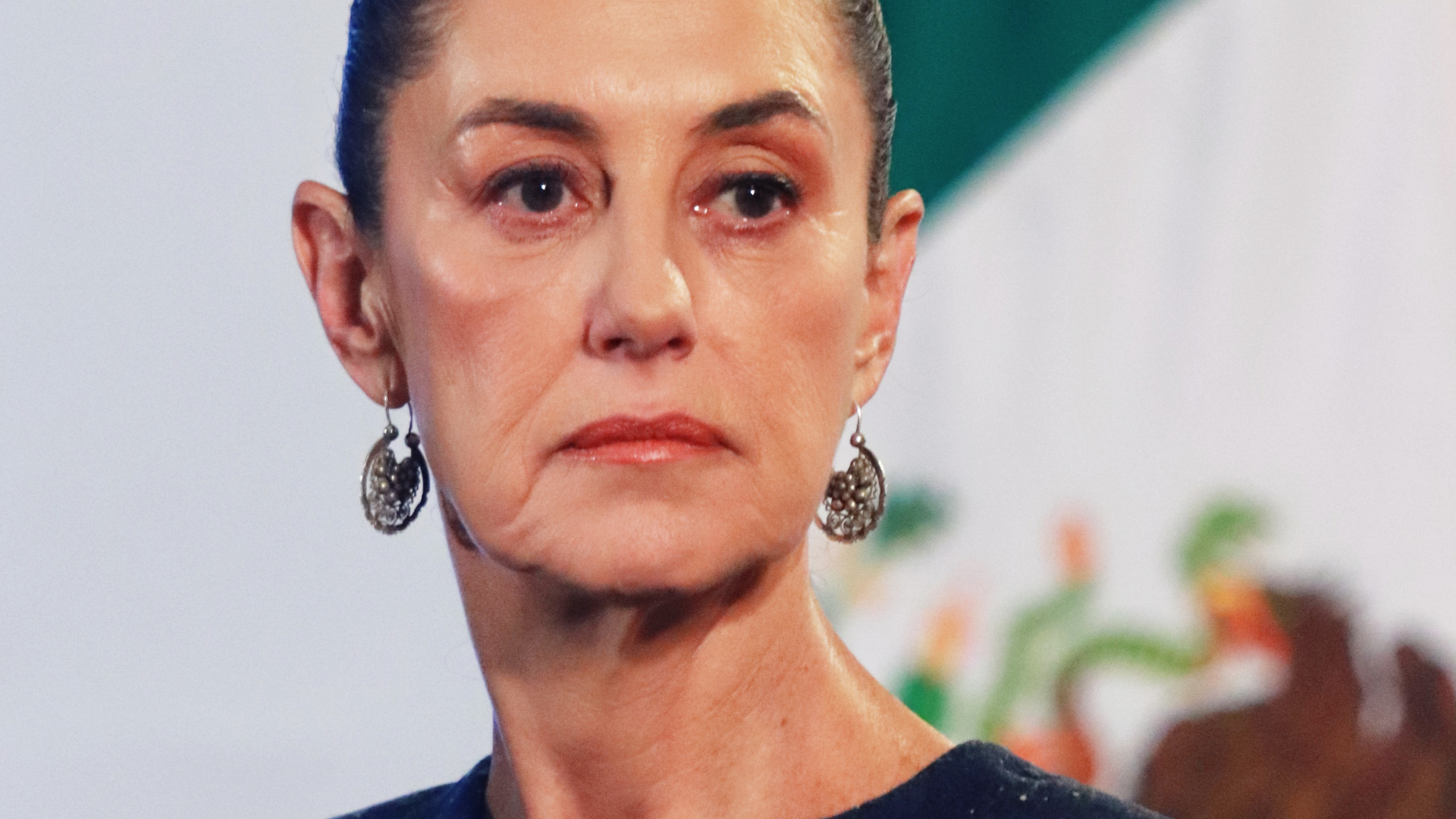Could Biden's program to let thousands of immigrants into the US solve the border crisis?
Title 42 has been the U.S.'s primary mechanism to control a large migration wave since the pandemic's start. It is a tool that allows expelling asylum seekers without seeing a judge first for sanitary reasons, instated by the Trump administration.
Biden has decided to extend that administrative tool to deal with the millions of migrants approaching the Mexican-US border, fleeing violence, crime, or the economic crises the pandemic caused in Latin America and the Caribbean.
The Biden administration made a deal with the Mexican government as part of that extension: it would take in 30,000 immigrants a month.
To even up the sum, the Biden administration decided also to open an alternative for migrants from those countries that would allow 30,000 asylum seekers a month to enter the country. The parole system grants a two-year permit for those that can demonstrate they have a sponsor in the U.S.
That is what migration advocates call a "carrot and stick" approach. When migrants are provided alternatives, they pursue those instead of directly approaching the border to solicit asylum.
That was already the case for Venezuelans with the parole system since November. It was a success down the border, reducing their attempts to cross by 10,000 people a month. It went from nearly 34,000 in September 2022 to close to 8,000 in November.
Now the system will also benefit Cubans, Nicaraguans, and Haitians. Those three countries are the primary sources of migration in the continent.
The Republican governors were not happy with this alternative. A coalition of 20 states, led by Texas Gov. Greg Abbott, decided to respond with legal action against the Biden administration.
The coalition introduced a lawsuit against the Federal Government in a Texas court. They also requested an injunction to stop the measure while the case is considered, which could take months, as informed by Fox News.
The states argue that the program is illegal because it does not follow Congress' restrictions on parole. According to them, it has to be determined in a case-by-case capacity.
Haitians, Cubans, and Nicaraguans were among the most encountered by the Southwest Border Patrol in the last months of 2022, composing 30% of the total of migrants trying to cross to the U.S. December 2022 was a record-high month, with nearly 85.000 migrants from these three countries.
Most of the migrants are escaping their poor economies with repressive regimes. That is the case for Cuba and Nicaragua, where the number of fleeing nationals added to around 2% of the population by the end of 2022.
On the other hand, Haitians are running from a violent crime crisis that has overpowered the country's government entirely. According to the A.P., the U.N. estimated that gangs controlled 60% of Haiti's capital in December.
Despite spiking equally adverse reactions among migration advocates and opposers, the program successfully reduced the number of immigrants that approached the southern border in January.
According to the U.S. Customs and Border Protection data, all encounters with immigrants on the southern border declined by nearly 100.000. Fox News also reported that the number of migrants crossing illegally between ports of entry was the lowest since February 2021: 128,410.
When looking at the numbers of Nicaraguans, Haitians, and Cubans, the program's effect is more explicit: the number dropped from more than 83,000 to around 12,000.
That means that the total amount of encounters declined by 38%, and the number of encounters specific to those three countries fell by 84% in one month.
Only time can tell if this tendency will continue. In the case of Venezuela, the number stabilized at around 10,000 in December and January after the dramatic drop in November. Maybe the carrot and stick can only serve as a temporary distraction.
More for you
Top Stories































